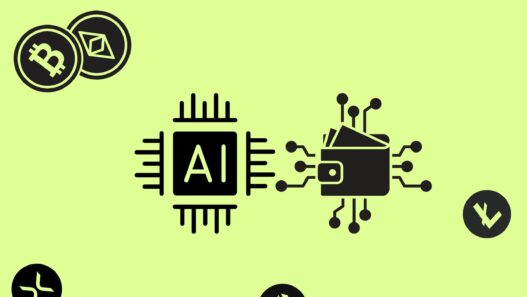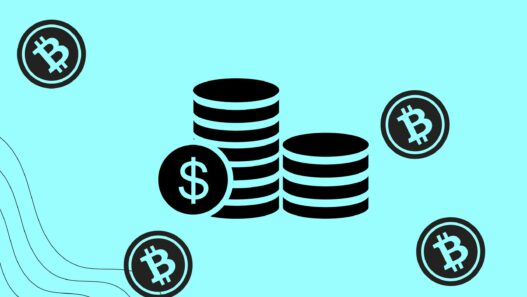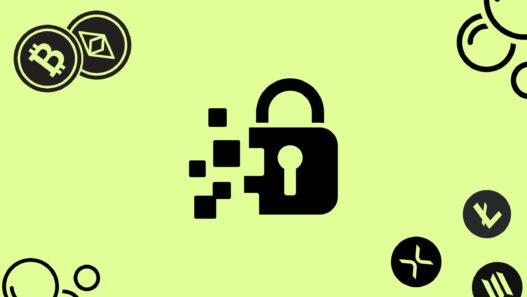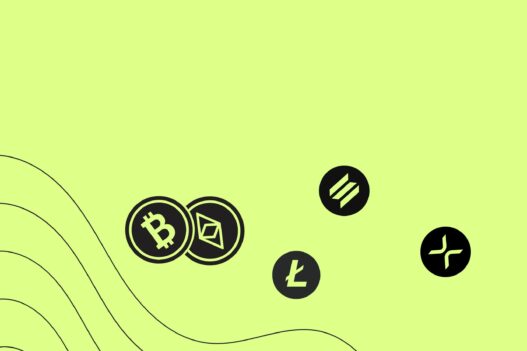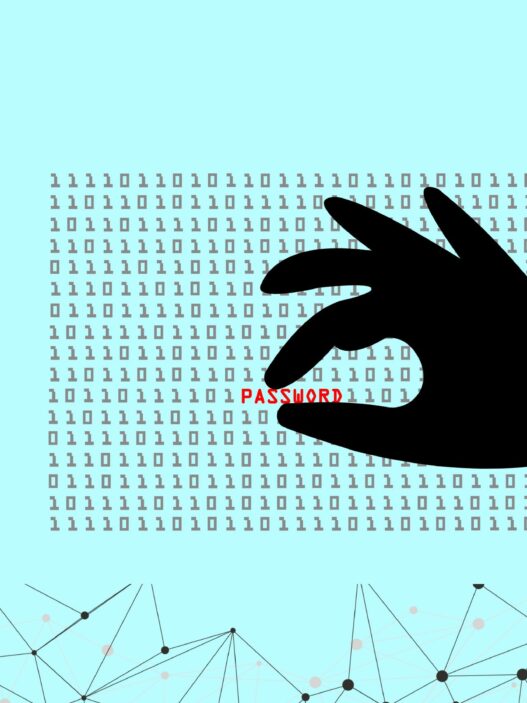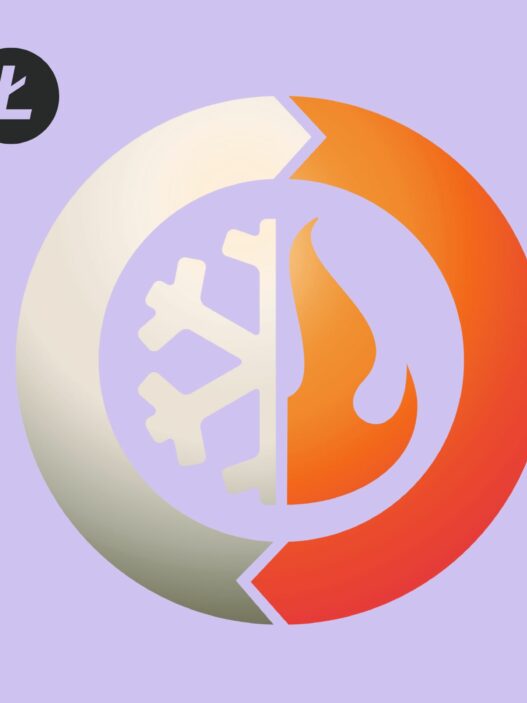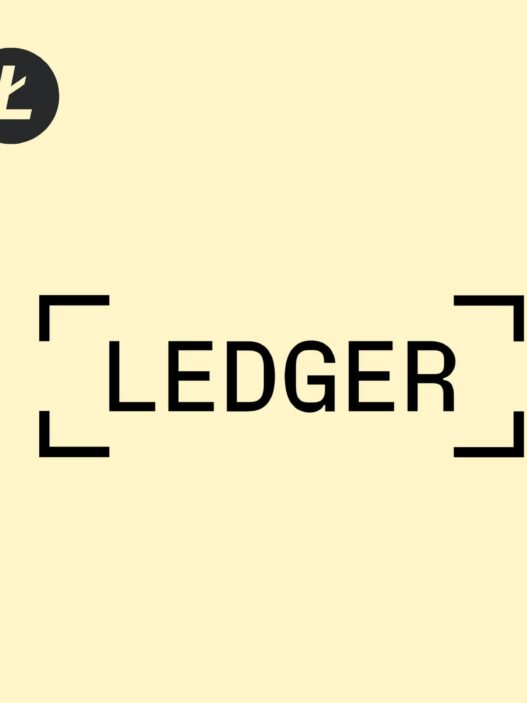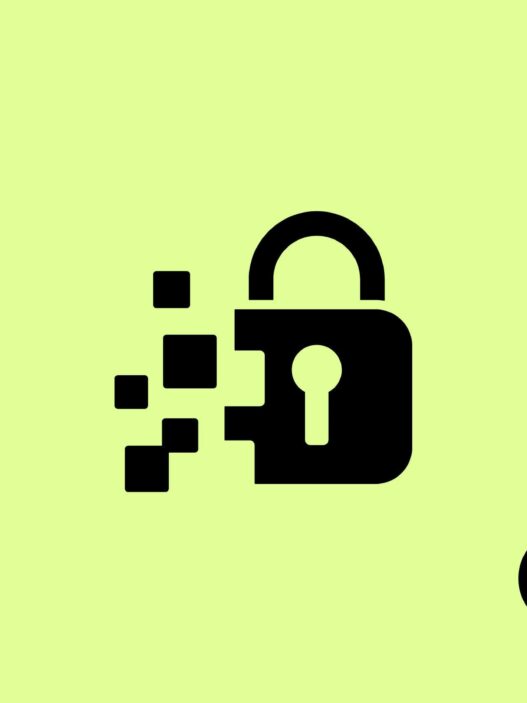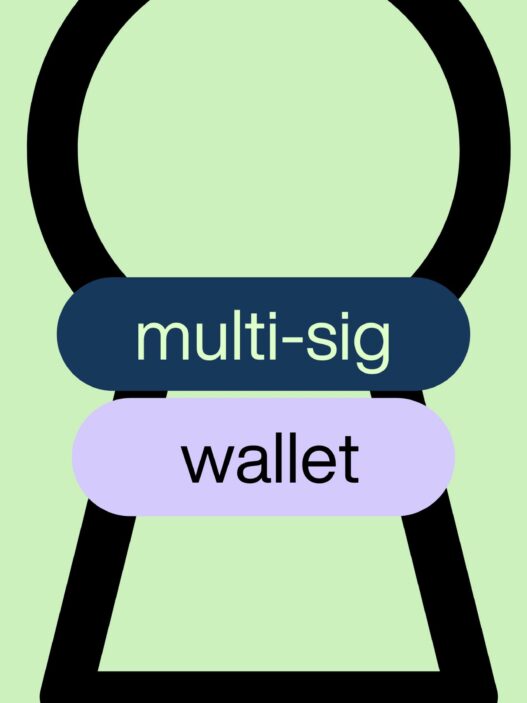The financial landscape is undergoing a seismic shift. With the rise of blockchain technology and Web3, digital assets have emerged as the cornerstone of a new, decentralized economy. From Bitcoin revolutionizing money to NFTs redefining ownership, these innovations are dismantling traditional systems and empowering individuals worldwide.
In this guide, we break down the taxonomy of digital assets in Web3, their applications, and why they matter in the decentralized future.
What Are Digital Assets in Web3?
Digital assets are intangible, cryptographically secured tokens of value that exist on blockchain networks. Unlike traditional assets, they operate peer-to-peer, bypassing intermediaries like banks. Web3—the decentralized internet—relies on these assets to power decentralized finance (DeFi), ownership economies, and programmable contracts.
“We don’t want to shake the system so much that we would lose the stability that is needed.”
Christine Lagarde, President of the European Central Bank
Yet, Web3’s digital assets are doing exactly that: shaking the system while building a more inclusive, transparent, and efficient financial ecosystem.
The 9 Key Categories of Digital Assets
1. Cryptocurrencies: Digital Money for the Internet
Think of cryptocurrencies as the digital equivalent of cash for the internet. Bitcoin, the “mother of all cryptocurrencies,” with its massive market capitalization ($400B+ market cap), serves as a prime example. It’s designed to be resilient, open-source, and permissionless, meaning anyone can use it without relying on traditional banks or needing identification. Bitcoin aims to be a censorship-resistant alternative, a store of value like “digital gold,” and a financial lifeline for the unbanked globally. Other cryptocurrencies like Zcash and Monero also exist, often emphasizing privacy and security.
Key principles include:
- Permissionless access: No bank accounts or ID required.
- Decentralized resilience: Operate without intermediaries.
Where can you get them? Cryptocurrencies are primarily bought and sold on cryptocurrency exchanges like Binance, Coinbase, and Kraken. They can also be acquired through peer-to-peer transactions. Legacy fintech companies like PayPal, Square, and Visa are also making Bitcoin accessible to their vast user bases.
Where can they be applied and used? Bitcoin is used for online transactions, as a store of value for investors, and in regions facing economic instability or censorship. Other cryptocurrencies have specific use cases, such as enabling faster or more private transactions. As the Web3 ecosystem grows, cryptocurrencies are becoming the native currency for decentralized applications (dapps) and online marketplaces.
2. Governance Tokens: Democratizing Decision-Making
Governance tokens empower their holders with a say in the management and direction of decentralized applications (dapps) and decentralized autonomous organizations (DAOs). Examples include like Uniswap’s UNI, Aave’s AAVE, Compound’s COMP, and Yearn Finance’s YFI5 . DAOs are essentially on-chain entities that use smart contracts to facilitate governance and economic coordination, often managing substantial token treasuries. These tokens govern protocol upgrades, treasury allocations, and incentive structures—challenging 200-year-old corporate hierarchies.
Where can you get them? Governance tokens are typically acquired by using the underlying dapp or DAO, through liquidity mining programs, or by purchasing them on cryptocurrency exchanges like Binance or Uniswap itself.
Where can they be applied and used? Holding governance tokens grants users the right to vote on proposals related to the platform’s development, the allocation of treasury funds, and changes to protocol logic (as seen with Uniswap), incentive structures (Curve DAO), or interest rate models (Compound). As dapps gain more users and assets, the value and influence of their governance tokens often increase.
3. Security Tokens: Digitizing Traditional Finance
Security tokens represent ownership in traditional assets like stocks, bonds, and derivatives, but in a digital format on a blockchain. There are digitally native securities (like DeFi investment funds) and tokens originated by traditional financial institutions (TradFi). The goal is to make securities markets more efficient, fair, and inclusive.
Where can you get them? DeFi security tokens might be found on decentralized platforms. TradFi-issued tokens are often offered through regulated channels and may be accessible on specific crypto-native or traditional rails. Synthetic securities, which mimic the price of other assets, can trade on centralized exchanges like FTX and decentralized platforms like Mirror10.
Where can they be applied and used? Security tokens offer benefits like faster trade settlement, transparent on-chain voting, and broader accessibility to investment opportunities. They have the potential to revolutionize how traditional financial assets are traded and managed. However, the regulatory landscape for security tokens is still evolving.
4. NFTs: Redefining Ownership
Non-fungible tokens (NFTs) authenticate ownership of unique digital or physical assets, and are provably scarce digital assets. They provide a way to verify the authenticity, ownership, and origin of both intangible assets (like digital art, collectibles, in-game items, intellectual property) and tangible assets (like luxury goods).
Use cases span:
- Art & Collectibles: CryptoPunks, Open Sea.
- Gaming: Axie Infinity’s play-to-earn model, where Filipino gamers earn thousands monthly.
- Metaverse Real Estate: Decentraland’s virtual land traded for $MANA.
NFTs are poised to revolutionize intellectual property, identity verification, and virtual economies.
Where can you get them? NFTs are primarily bought and sold on NFT marketplaces such as OpenSea, Rarible, and Nifty Gateway. They can also be acquired through direct minting processes or as rewards within games and communities.
Where can they be applied and used? Currently, NFTs are widely used for digital art, collectibles, and in-game assets. Their utility is expanding to represent ownership of virtual land, event tickets, loyalty programs, and even real-world assets. NFTs are fundamental to establishing digital ownership and interoperability in the metaverse.
5. Protocol Tokens: Fueling Web3 Infrastructure
Protocol tokens are native crypto-assets of the smart contracting platforms that underpin much of Web3, including DeFi, NFTs, and DAOs. While Bitcoin is the original Layer 1 protocol focused on digital cash, protocols like Ethereum (ETH), Solana (SOL), Cosmos (ATOM), and Avalanche (AVAX) were designed to support dapps and smart contracts. Protocol tokens like Ethereum’s ETH and Solana’s SOL power blockchain networks. Users pay gas fees in these tokens to execute smart contracts or DeFi transactions.
Where can you get them? Protocol tokens are available on major cryptocurrency exchanges.
Where can they be applied and used? These tokens are essential for the functioning of their respective networks. Users and developers need to pay transaction fees (often called “gas fees,” like on Ethereum) using the network’s protocol token to run dapps and execute smart contracts. The growth of dapps on a particular protocol often increases the demand and value of its native token.
6. Central Bank Digital Currencies (CBDCs)
CBDCs are digital forms of a country’s fiat currency, issued and regulated by the central banks. Examples include China’s digital renminbi (e-CNY) and South Korea’s digital won. The rise of cryptocurrencies has prompted central banks to explore CBDCs as a way to maintain control over monetary systems and potentially improve the efficiency and reach of financial markets. However, concerns exist regarding potential government surveillance and the erosion of financial privacy compared to cash
Where can you get them? CBDCs, when launched, will likely be distributed directly by the central bank or through authorized financial institutions.
CBDCs aim to function as legal tender within a country, potentially offering benefits like easier access for the unbanked and more direct implementation of monetary policy. However, their specific functionalities and implications for user privacy are still under development.
7. Stablecoins: Bridging Crypto and Fiat
Stablecoins are crypto-assets designed to maintain a stable value, typically pegged to a well-known asset like the US dollar. Examples include Tether (USDT) and DAI. They act as a crucial medium of exchange within the digital asset ecosystem, offering a less volatile alternative to other cryptocurrencies. Stablecoins can be centralized (backed by deposits of fiat currency) or decentralized (collateralized by other crypto-assets in smart contracts).
Algorithmic stablecoins are a subset of decentralized stablecoins that use algorithms to maintain their peg, but their stability has been a subject of debate.
Where can they be applied and used? Stablecoins are primarily used for trading other digital assets, facilitating remittances, and enabling payments within dapps due to their price stability. They bridge the gap between traditional fiat currencies and the volatility of the cryptocurrency market.
Where can you get them? Stablecoins are widely available on cryptocurrency exchanges.
8. Exchange Tokens: Powering Crypto Markets
Crypto-exchange tokens are native to centralized cryptocurrency exchanges, such as Binance Coin (BNB) and the FTX Token (FTT). These tokens are integral to the exchange’s operations and incentivize user adoption by providing rewards, discounts on trading fees, improved liquidity, and other benefits. While essential for the exchange’s functionality, they are typically more centrally managed and don’t often confer governance rights like tokens of decentralized exchanges.
Where can you get them? Exchange tokens are bought and sold on their respective centralized exchanges (e.g., BNB on Binance, FTT on FTX) and sometimes on other exchanges.
Where can they be applied and used? Holding exchange tokens can reduce trading fees, grant access to exclusive features, and potentially increase in value with the platform’s success. BNB also serves as the native token for the Binance Smart Chain, giving it additional utility.
9. Natural Asset Tokens: Greening Blockchain
These tokens digitize real-world commodities like carbon credits. Projects like Regen Network and Single.Earth use blockchain to bring transparency to carbon markets, enabling individuals to trade eco-friendly assets.
Where can you get them? Natural asset tokens are emerging on specialized platforms focused on environmental markets or tokenized commodities.
Where can they be applied and used? These tokens can facilitate investment in and trading of traditionally illiquid assets, promote sustainable practices (like carbon offsetting), and create new ways to manage and value natural resources.
Why Digital Assets Matter in Web3
Digital assets are no longer a niche concept; they are rapidly becoming integral to the infrastructure of the internet and the global economy. From facilitating peer-to-peer value exchange with cryptocurrencies to redefining ownership with NFTs and empowering decentralized governance with governance tokens, these digital building blocks are laying the foundation for a more decentralized and user-centric Web3. As innovation continues and standards evolve, understanding these core digital asset categories is crucial for navigating and participating in the transformative potential of this new digital frontier.
*Source: Alex Tapscott, A Taxonomy of Digital Assets: The building blocks of decentralized finance (Toronto: Blockchain Research Institute, 2022).



